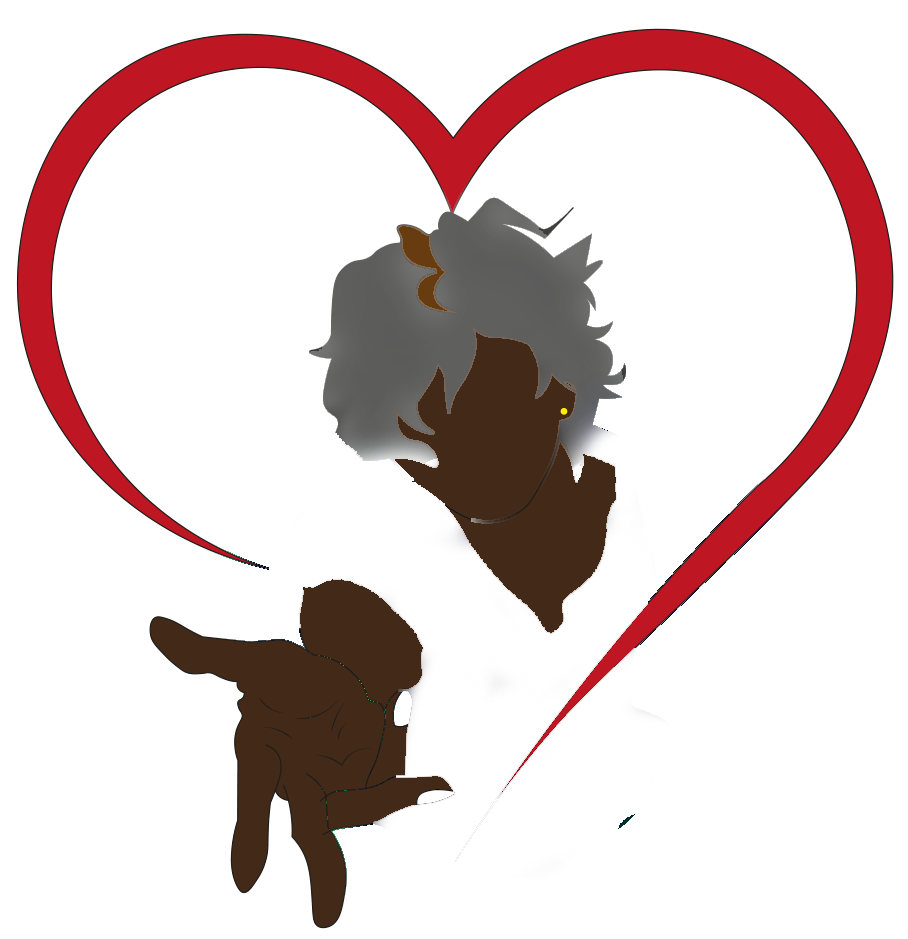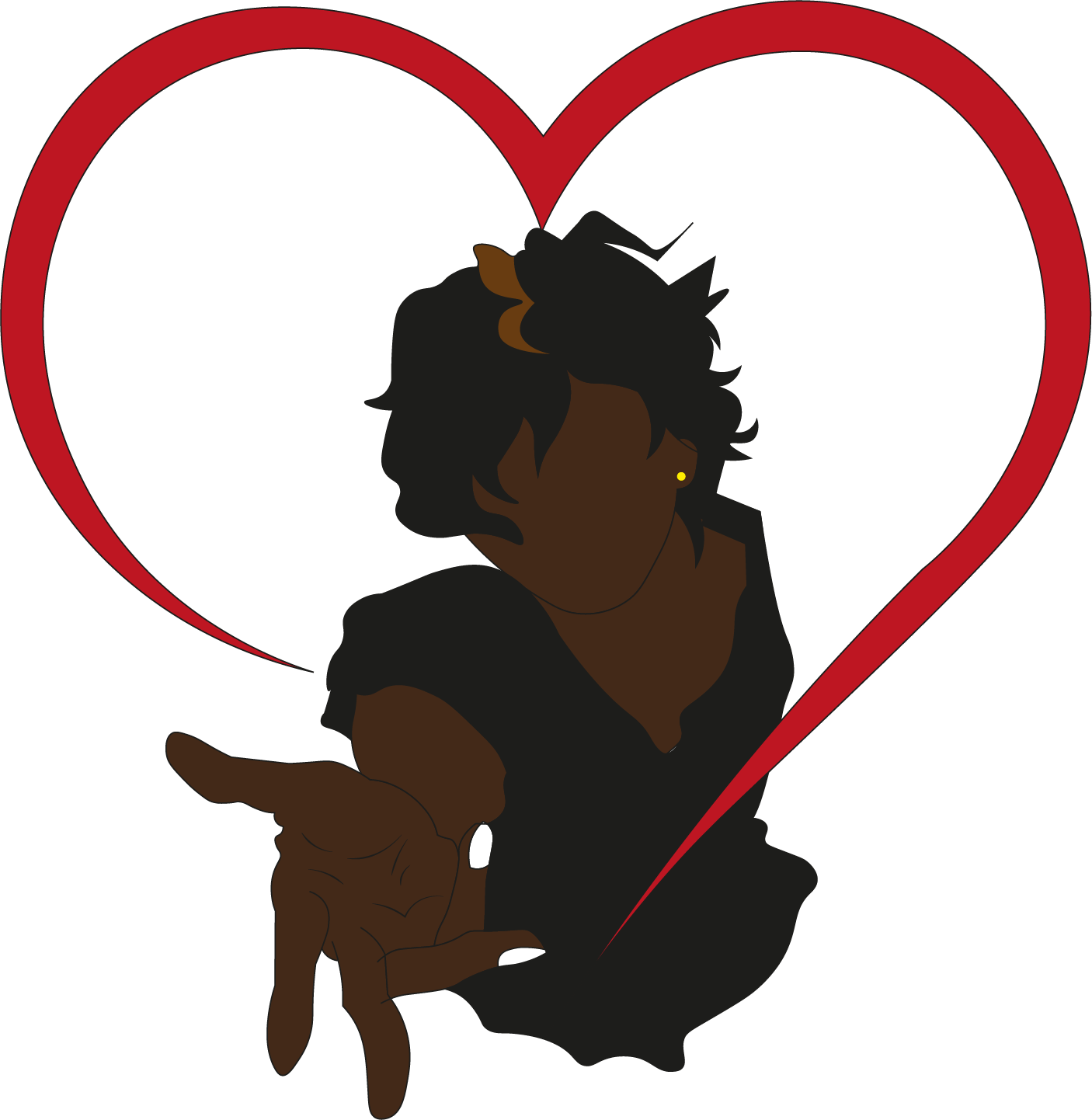The name Baguio conjures, for both the international and domestic traveler, a highland retreat in th eGrand Cordillera in Northern Luzon, with pine trees, crisp cold breezes and low verdant knolls and hillocks. Baguio is the melting pot of different peoples and cultures and has boosted its ability to provide a ceter for education for its neighbors.
Baguio City is approximatly 250 kilometers north of Manila, situated in the Province of Benguet. THe area of the city is 49 square kilometers enclosed in th perimeter of 30 kilometers.
Ilocano is the predominant dialect in the city. The national language, Filipino, is of course spoken by almost everyone. English is widely spoken and understood.
[excerpt from new.baguio.gov.ph/about-baguio/]
Long before the coming of the Spanish colonizers the people of Benguet walked and lived on the land, mountains, and valleys of the southern cordillera mountain range down to the sea coast of Ilocos Sur, Pangasinan, and La Union to as far as the ancient trading enters of Ituy, also known now as Aritao in Nueva Viscaya, in the northern plain of Luzon. [excerpt from benguet.gov.ph]
The term “Benguet” was first used in Trinidad, which is now one of the province’s municipalities. It comes about when one expedition, a curious Spanish conquistador saw the settlers coverings wrapped around their head several times. When he asked, the native explained that the heavy headgear that people were wearing as protection against the burning cold and winds is called “benget”. With the western accent of the colonizers “benget” was mispronounced as “Benguet. Since then, it has become a general reference for the Igorot territories inhabited by the Ibaloi, Kankanaey, Kalangoya, and other minor tribes.
Places to visit







